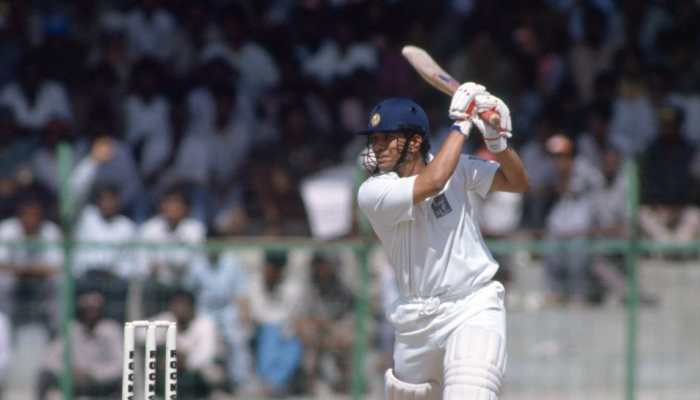Asteroid 2012 DA14 makes closest fly-by in history
A 150-foot cosmic rock about the size of a football field hurtled safely past Earth as predicted before and well on schedule, Friday
Trending Photos
)
Zeenews Bureau
Cape Canaveral (Florida): A 150-foot cosmic rock about the size of a football field hurtled safely past Earth late Friday.
This asteroid known as 2012 DA14 zoomed within 17,200 miles of our planet and it marks the closest approach by a massive space rock in more than a century.
In a similar coincidence, a meteor exploded above Russia`s Ural Mountains just hours before the asteroid zoomed past the planet.
Scientists the world over, along with NASA, insisted the meteor had nothing to do with the asteroid since they appeared to be traveling in opposite directions. The asteroid is a much more immense object and delighted astronomers in Australia and elsewhere who watched it zip harmlessly through a clear night sky.
"It`s on its way out," reported Paul Chodas of NASA`s Near-Earth Object program at Jet Propulsion Laboratory in California.
Asteroid 2012 DA14, as it`s called, came closer to Earth than many communication and weather satellites orbiting 22,300 miles up. Scientists insisted these, too, would be spared, and they were right.
The asteroid was not visible to the naked eye, shining at its brightest with an apparent magnitude of about 7.0.A person with average eyesight can see celestial objects with brightness down to magnitude 6.
By comparison, NASA estimated that the meteor that exploded over Russia was much smaller — about 49 feet wide and 7,000 tons before it hit the atmosphere, or one-third the size of the passing asteroid.
As for the back-to-back events, "this is indeed very rare and it is historic," said Jim Green, NASA`s director of planetary science. While the asteroid is about half the length of a football field, the exploding meteor "is probably about on the 15-yard line," he said.
"Now that`s pretty big. That`s typically a couple times bigger than the normal influx of meteorites that create these fireballs," he said in an interview on NASA TV.
These fireballs happen about once a day or so, but we just don`t see them because many of them fall over the ocean or in remote areas. This one was an exception."
NASA scientists estimate that an object of this size makes a close approach like this every 40 years. The likelihood of a strike is every 1,200 years.
The flyby provides a rare learning opportunity for scientists eager to keep future asteroids at bay — and a prime-time advertisement for those anxious to step up preventive measures.
Friday`s meteor further strengthened the asteroid-alert message.
"We are in a shooting gallery and this is graphic evidence of it," said former Apollo astronaut Rusty Schweickart, chairman emeritus of the B612 Foundation, committed to protecting Earth from dangerous asteroids.
Schweickart noted that 500,000 to 1 million sizable near-Earth objects — asteroids or comets — are out there. Yet less than 1 percent — fewer than 10,000 — have been inventoried.
Humanity has to do better, he said. The foundation is working to build and launch an infrared space telescope to find and track threatening asteroids.
If a killer asteroid was, indeed, incoming, a spacecraft could, in theory, be launched to nudge the asteroid out of Earth`s way, changing its speed and the point of intersection. A second spacecraft would make a slight alteration in the path of the asteroid and ensure it never intersects with the planet again, Schweickart said.
Asteroid DA14 — discovered by Spanish astronomers only last February — is "such a close call" that it is a "celestial torpedo across the bow of spaceship Earth," Schweickart said in a phone interview Thursday.
(With Agency inputs)
Stay informed on all the latest news, real-time breaking news updates, and follow all the important headlines in india news and world News on Zee News.
Advertisement
Live Tv
Advertisement







)
)
)
)
)
)
)
)
)
)
